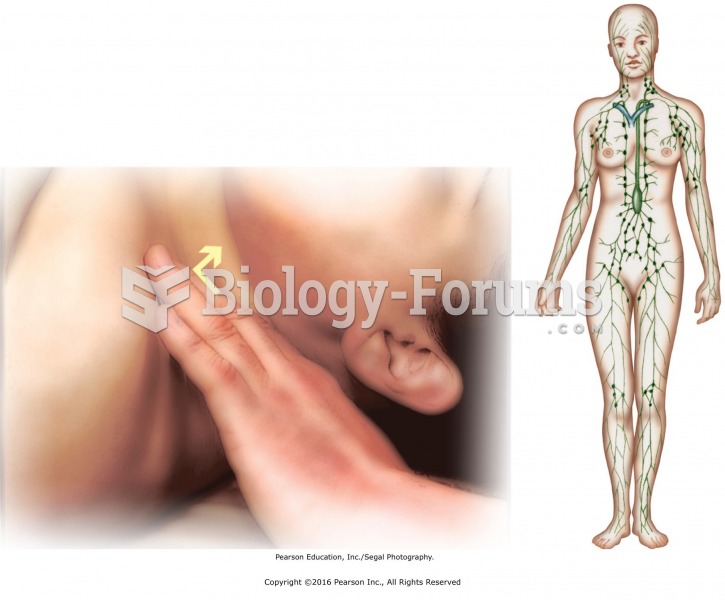Answer to Question 1
C
Answer to Question 2
Answer: The GLOBE model uses nine dimensions on which national cultures differ:
a. Power distance: The degree to which members of a society expect power to be unequally shared. Identical to Hofstede.
b. Uncertainty avoidance: Similar to Hofstede's description, the GLOBE team defined this dimension as a society's reliance on social norms and procedures to alleviate the unpredictability of future events.
c. Assertiveness: The extent to which a society encourages people to be tough, confrontational, assertive, and competitive versus modest and tender. This is equivalent to Hofstede's achievement-nurturing dimension.
d. Humane orientation: This is defined as the degree to which a society encourages and rewards individuals for being fair, altruistic, generous, caring, and kind to others. This is similar to Hofstede's nurturing dimension.
e. Future orientation: The extent to which a society encourages and rewards future-oriented behaviors such as planning, investing in the future, and delaying gratification. This is equivalent to Hofstede's long-term and short-term orientation.
f. Institutional collectivism: This term was defined, as Hofstede did, as the degree to which individuals are encouraged by societal institutions to be integrated into groups within organizations and society.
g. Gender differentiation: The extent to which a society maximizes gender role differences as measured by how much status and decision-making responsibilities women have. This dimension is an addition to Hofstede's framework.
h. In-group collectivism: The extent to which members of a society take pride in membership in small groups, such as their family and circle of close friends, and the organizations in which they're employed. This dimension has no equivalent in Hofstede's framework.
i. Performance orientation: The degree to which a society encourages and rewards group members for performance improvement and excellence. This dimension is similar to Hofstede's achievement orientation.







